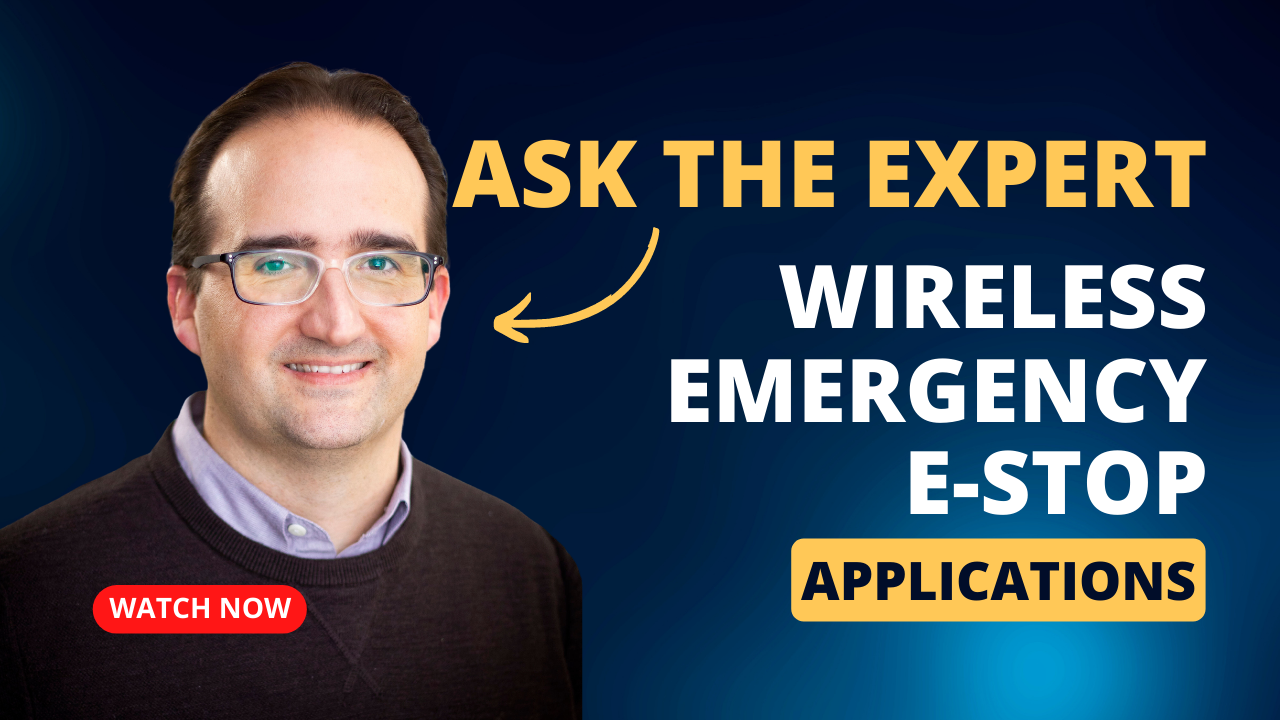Jump into this video walkthrough of FORT's Endpoint Controller with Systems Integration & Tests Manager David Adams.
As the core of the FORT Pro Series, the Endpoint Controller is a versatile machine controller that can send, receive, and execute trusted wireless commands. If you're considering the FORT Pro Series, or if you've recently purchased a device, this FORT Unboxed video will help you familiarize yourself with the product's features and functions. The video walks through key details, including hardware components, integration ports, applications, and how to register and manage your device.
Here's what we cover in this video introduction to one of our newest and most versatile machine control solutions.
Here we have an example of the FORT Endpoint Controller, otherwise known as the EPC. You can see just by looking at it, it's a very ruggedized container. It's suitable for many different types of environments.
What I'll do today is walk you through the different aspects of the controller.
The first thing you want to do when you receive your controller is, go to fortrobotics.com/start to register and activate your device in FORT Manager, our cloud application. That's where you'll configure and manage your device throughout its lifetime.
You can see here we have our integration port. This is denoted as J1 on the enclosure. It's what you're going to use to integrate the Endpoint Controller with your machine. And that's how we connect up and do all the safety controls and so on.
Endpoint Controller has two IP networking ports:
In the center of the FORT Endpoint Controller is the nameplate. The nameplate has all the identifying information for your controller. You can see right at the top its model number; we have different models supporting different radio types.
You'll also see its part number and serial number, as well as a data matrix code where you can retrieve all this information yourself.
The Endpoint Controller can be used in many different ways. It can be mounted on your machine as a receiving device to receive safety commands, or it can be mounted in your control center and act as a sending device to send safety commands.
What you would do in that case is: integrate your Endpoint Controller with an emergency stop button or a light curtain, or other safety devices to act as that input and send that safety command to the Endpoint Controller that's mounted on your machine. One transmitting device can control up to 30 receiving devices.
For more technical details, you can download the Endpoint Controller datasheet here.
To request a quote or discuss how the Endpoint Controller could benefit your application, click below to speak with one of our team members.


